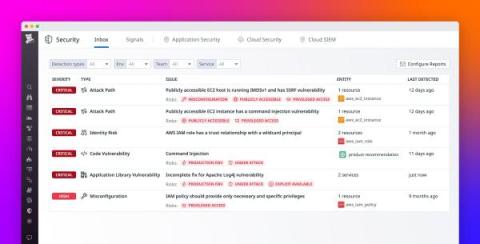Forensic Cyberpsychology: Profiling the Next-Generation Cybercriminal
Cybercrime is a major concern for individuals, businesses, and governments alike. As technology advances, so do the tactics and sophistication of those who seek to exploit it for nefarious purposes. Data shows that, on average, a cyber attack occurs every 39 seconds, affecting one in three Americans annually.










